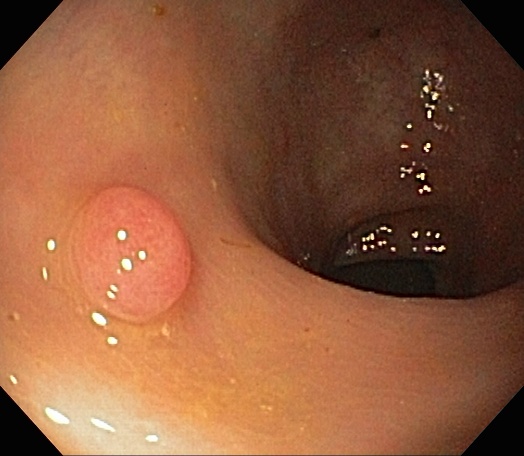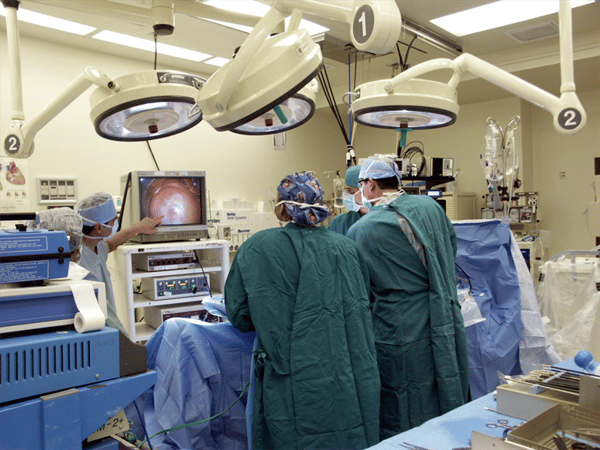Colonoscopy Quality Measures: Withdrawal Time & ADR
by Larissa Biggers, on October 26, 2018
Research consistently shows that the adenoma detection rate (ADR) is higher the more time spent withdrawing the scope. In fact, a presentation at the 2018 meeting of the American College of Gastroenterology indicated a significantly higher adenoma detection rate when the withdrawal time in the right colon was greater than three minutes. The reverse is true as well; in a review of 76,810 screening colonoscopies, faster withdrawal times were independently associated with lower ADRs.
Why Missing Polyps Matters
ADR matters because it is predictive of colorectal cancer (CRC) and death from CRC. An article published in the New England Journal of Medicine revealed that adenoma detection rate was inversely associated with the occurrence of interval colorectal cancer, advanced-stage interval cancer, and fatal interval cancer. Similarly, a prospective study of 146,860 patients who underwent screening colonoscopy revealed that increased ADR was associated with a reduced risk of interval colorectal cancer and death from CRC. Many additional studies support these findings.

Does Haste Always Make Waste?
It is commonly hypothesized that longer withdrawal times result in higher ADRs because the more time an endoscopist spends examining the colon, the more polyps he or she finds. To the non-gastroenterologist (GI), it might seem logical that the same would hold true for insertion time—the longer the cecal intubation time, the higher the ADR. In fact, the opposite is true.
In 2017, researchers looked at the mean number of adenomas per patient measured against insertion time. They found that a longer cecal intubation time was associated with fewer adenomas detected, particularly advanced adenomas. This outcome was independent of the endoscopist performing the procedure. Interestingly, even with long withdrawal times, the longer it took to reach the cecum, the fewer adenomas were that were found.
Why the Disparity?
The study's authors hypothesized that a short insertion time might be indicative of an endoscopist’s technical skills, and the more capable the physician, the more accurate the exam during withdrawal. On the other hand, long insertion times might mean more difficult procedures, which would require more time to withdraw to ensure adequate screening.
But difficult colonoscopies are fraught with problems. After a demanding insertion, GIs do not always have the physical or mental energy (or the time) to be meticulous. Also, if a colonoscopy is difficult, it could be due to physical problems that can compromise a complete exam. For example, redundant and tortuous loops of the sigmoid colon can be difficult to fully examine during withdrawal. With challenging insertions and looping in the more proximal colon, thorough mucosal inspection in the crucial right colon might be not be possible.

Making It Easier
If a long and arduous insertion time results in fewer adenomas detected, one obvious solution is to make colonoscopy easier. There is no substitute for proper scoping technique, but sometimes physical barriers (such as a torturous colon) can make reaching the cecum almost impossible. Many endoscopists employ abdominal pressure and patient repositioning, water immersion, or medical devices to reduce looping and shorten insertion time. For example, Colowrap allows for a more rapid and comfortable insertion of the scope by externally compressing and splinting the colon, thereby preventing looping. Any technique or tool that facilitates insertion and reduces the incidence of difficult colonoscopies will certainly increase ADR and reduce the overall incidence of polyps and cancers.


